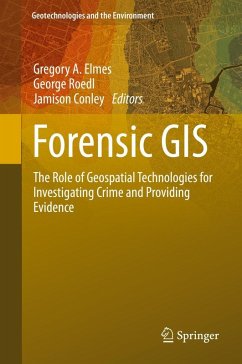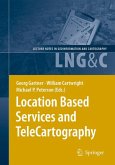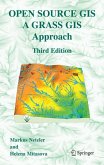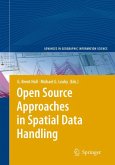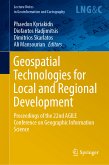Dieser Download kann aus rechtlichen Gründen nur mit Rechnungsadresse in A, B, BG, CY, CZ, D, DK, EW, E, FIN, F, GR, HR, H, IRL, I, LT, L, LR, M, NL, PL, P, R, S, SLO, SK ausgeliefert werden.
"Forensic GIS - The Role of Geospatial Technologies for Investigating Crime Providing Evidence is one of the most exciting and interesting books that I have read with respect to GIS. ... this book would be of immense help to anyone using GPS, remote sensing, mapping, 3D and visualization methods who wants to further the value of their work within a regulatory, validation, crime and intelligence environment." (Jeff Thurston, 3dvisworld.com, October, 2014)

